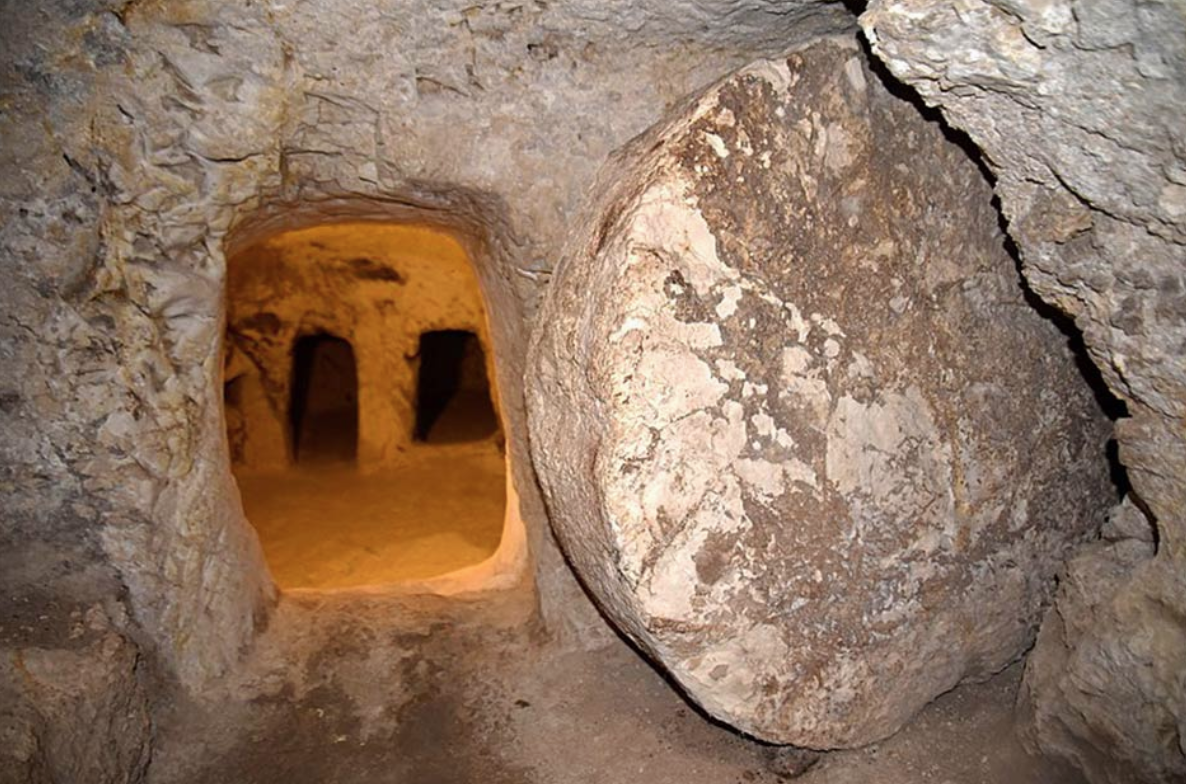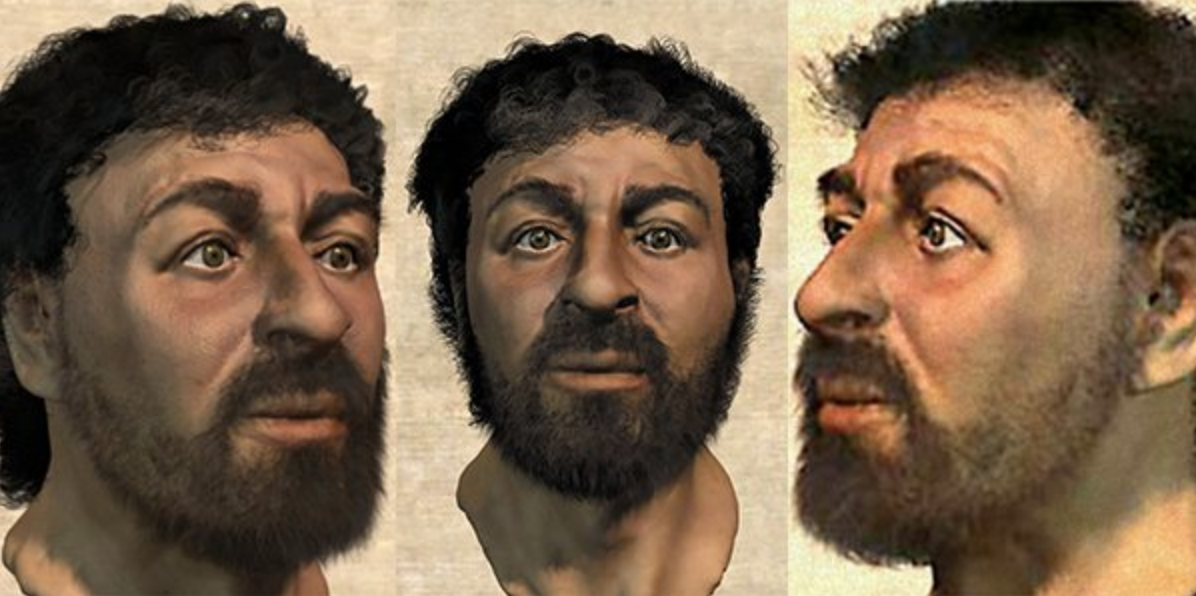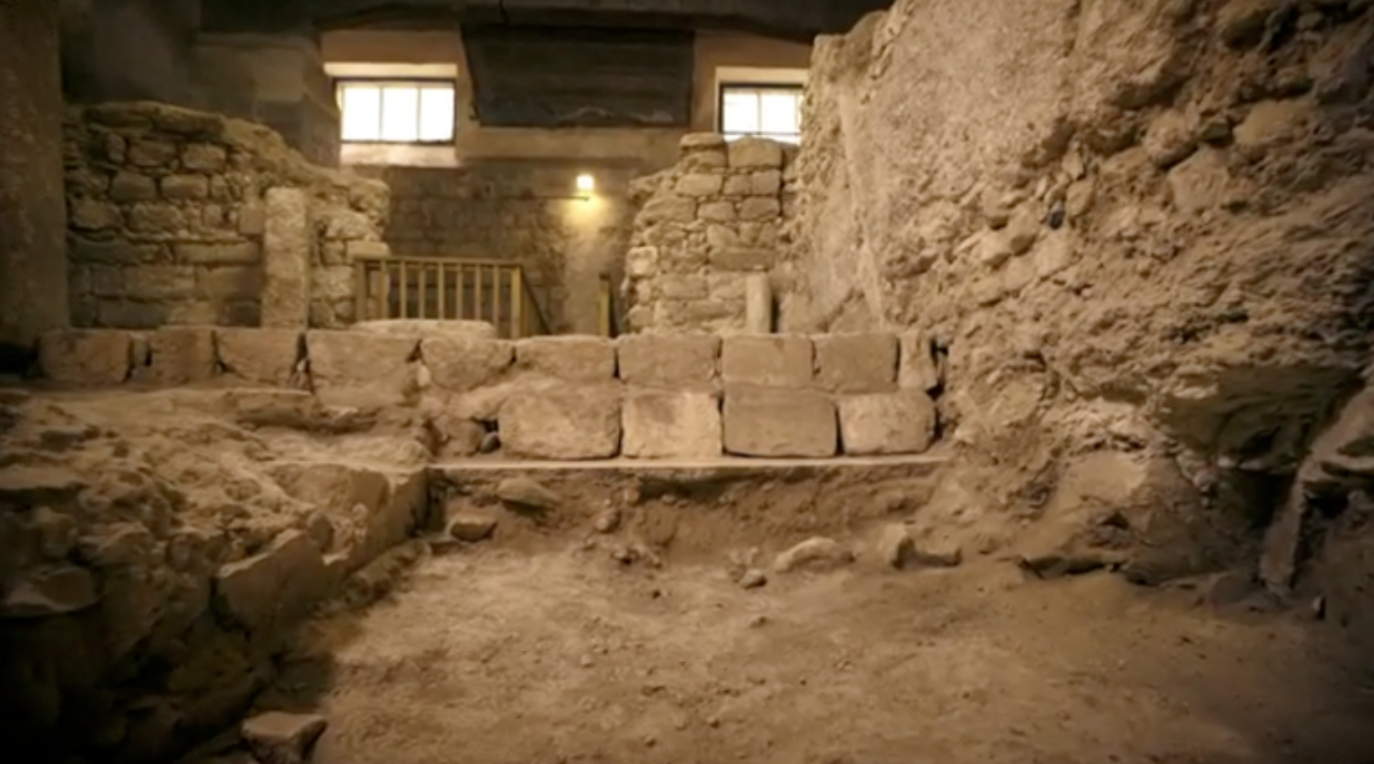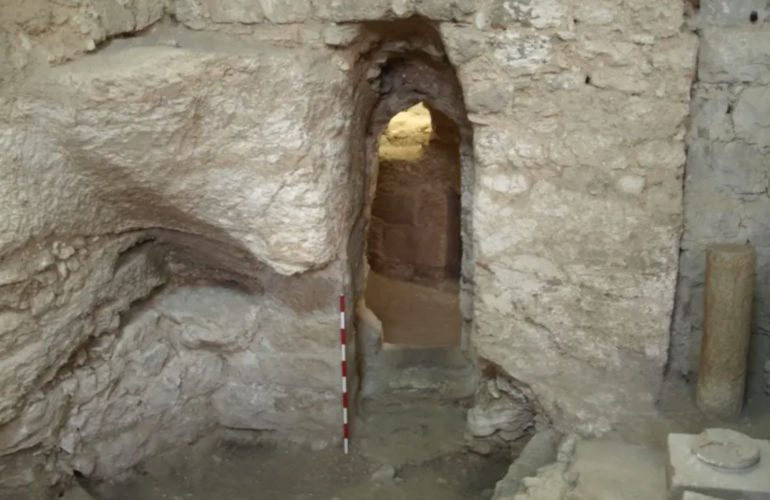Jesus may be a controversial figure, but he was a real person – that much we can all agree on.
Historians, anthropologists, and scientists have no doubt that Jesus existed. Even religions with contradicting beliefs share similar stories of a very influential Middle Eastern man named Jesus.
However, because so much time has past since Jesus walked the Earth, evidence of what Jesus really did in his lifetime is hard to come by.
Now, archaeologists believe they have found an exciting piece of the puzzle.
A ‘Strong Case’ in the Making

Archaeologist, researcher, and professor Ken Dark has dedicated the past 14 years of his life to studying ancient remains of a 1st century home hidden beneath a modern-day convent in Nazareth, Israel.
After more than a decade of research, Dark claims there is a “strong case to be made” that this house belonged to Jesus, Mary, and Joseph.
Professor Dark published his archeological findings in a new book, “The Sisters of Nazareth Convent,” released just weeks ago.
Surprise Discovery

Although these same ruins were suggested to be Jesus’ family home nearly a century ago, archaeologists dismissed the idea in the 1930s.
In 2006, Dark launched a new project to investigate the site, but not for the reason you would think.
He explains, “I didn’t go to Nazareth to find the house of Jesus, I was actually doing a study of the city’s history as a Byzantine Christian pilgrimage centre.”
His research of the building revealed a different history than he had expected: evidence aligning with existing written and archeological artifacts associated with Jesus of Nazareth.
“Nobody could have been more surprised than me.”
Promising Evidence

Dark illustrates that the dwelling suggested to be Jesus’ childhood home is the third level down in the excavated building. The home sits beneath a Byzantine-era church, which today rests underneath the Sisters of Nazareth Convent.
That Byzantine-era church is “almost certainly the Church of the Nutrition, which was dedicated to the upbringing of Christ, and mentioned in a 7th Century pilgrim’s account,” Dark explains.
Dark’s analysis of the building’s architecture also reveals that the building was carved into a rocky hillside dating back to the 1st Century, also in line with the era of Jesus’ childhood.
In order to have built such a structure, Dark explains, whoever constructed the home would have needed expert-level experience in stone-working. This skillset was common only among those known as “tektons,” a word often used in the bible to refer to Joseph.
Despite promising evidence, Dark cautions that his findings are not definitive proof that the site was Jesus’ family home.
That being said, he predicts “this is about as close as we will probably ever get to being able to say it was.”


